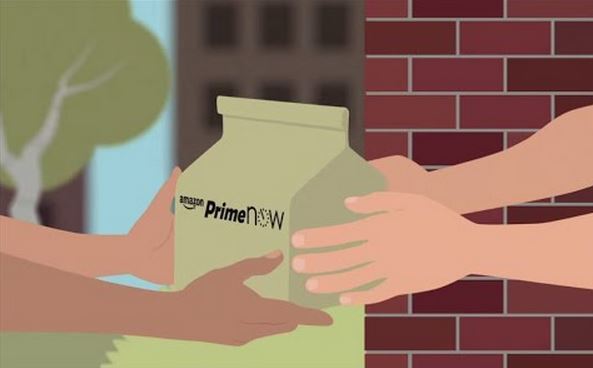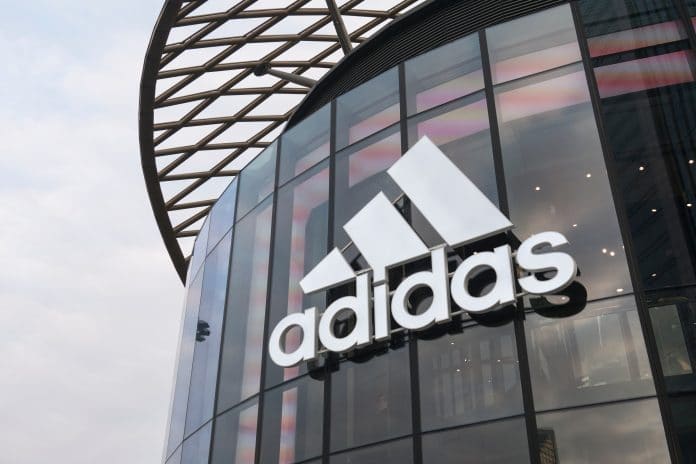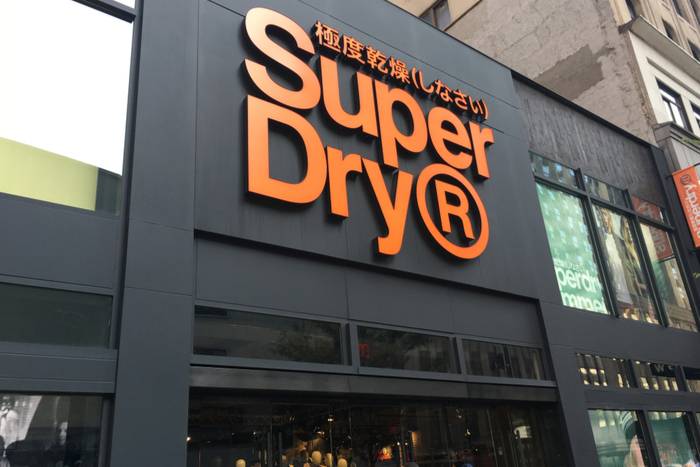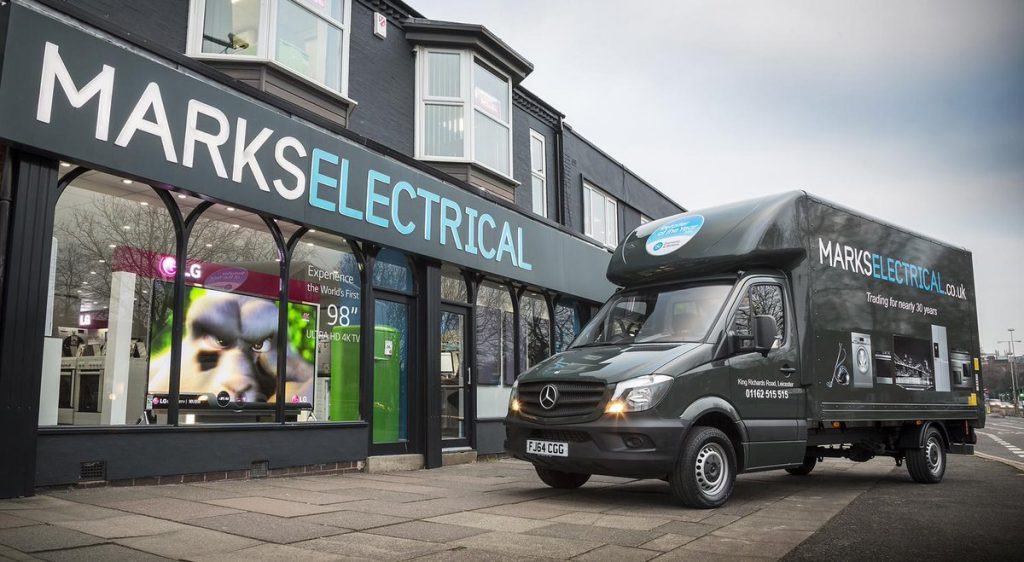Not so long ago, shopping demanded far more of the consumer – without the internet, customers had little more than word of mouth and intuition to carry them through. They needed patience and time to stumble on the things they were after.
With the advent of online retail, customers now look somewhat different. The tables are turned and because consumers are so short on time, the burden falls on the retailer to provide a hassle-free experience, fitting around their customers‘ packed agendas. E-commerce has also significantly reduced the barriers to entry, meaning new players are popping up left, right and centre, making the market leaner and meaner.
There‘s no rest for retailers as they try to keep pace with rising demands and drastic changes within the market – and fulfilment is emerging as a key battle ground for gaining the competitive advantage, be it eBay‘s click & collect partnership with Argos or Amazon‘s prime delivery service.
What‘s clear is that speed and convenience are king. A survey from JDA, the retail software company, earlier this year revealed poor delivery experiences continue to plague half of Britain‘s adults‘ online orders – of those, a staggering 46% had experienced issues with late deliveries. Meanwhile, one in five said that being able to change delivery dates or timeslots after an order was shipped was important to them and a third would be willing to pay extra for a designated time slot.
To retain demanding customers and outdo their competition, it‘s clear that retailers need to go the extra mile for the “final mile”. Most are already looking at providing customers with choice – such as next day, nominated day, weekend or even same-day delivery options, which is certainly a good place to start. Live updates of delivery status are also a popular feature, enabling customers to know at any given point the location and proximity of their goods.
As more and more retailers adopt these practices, however, brands will need to think more creatively about how they can make their fulfilment solutions stand out from the crowd so that they become the ‘go-to‘ choice. So what is the next step in delivery innovation? The answer is on-demand.
Many sectors have already been affected by the rise in on-demand – from TV services like Netflix to 24-hour supermarkets, so it is only a matter of time before slow freight shipments become as antiquated as Blockbuster Video. Amazon, for example, has already heavily invested in drone technology as well as patented 3D printing items in the van on the way to the customer. Whatever the method, the industry is clearly heading towards instantaneity.
Barriers of course do exist – ensuring sweat-free delivery is a bit more complicated than the click of the button that requests it. For small players, in particular, keen on next-hour type delivery, the challenge will be finding the right delivery partner, happy to mould themselves around consumer demands. For logistics companies, the difficulty lies in having flexible, virtually non-existent schedules, and being able to up or down the number of staff at any given time.
However, it‘s in both big and small players‘ interest to explore and contribute more innovative, out-of-the-box and straight-into-their-hands thinking. Ultimately, it‘s to retailers willing to throw out delivery schedules entirely that we should turn for inspiration.
Greg Zontanos, CEO at Weengs


















